Home>Gardening & Outdoor>Landscaping Ideas>How To Kill Grass In Sidewalk Cracks
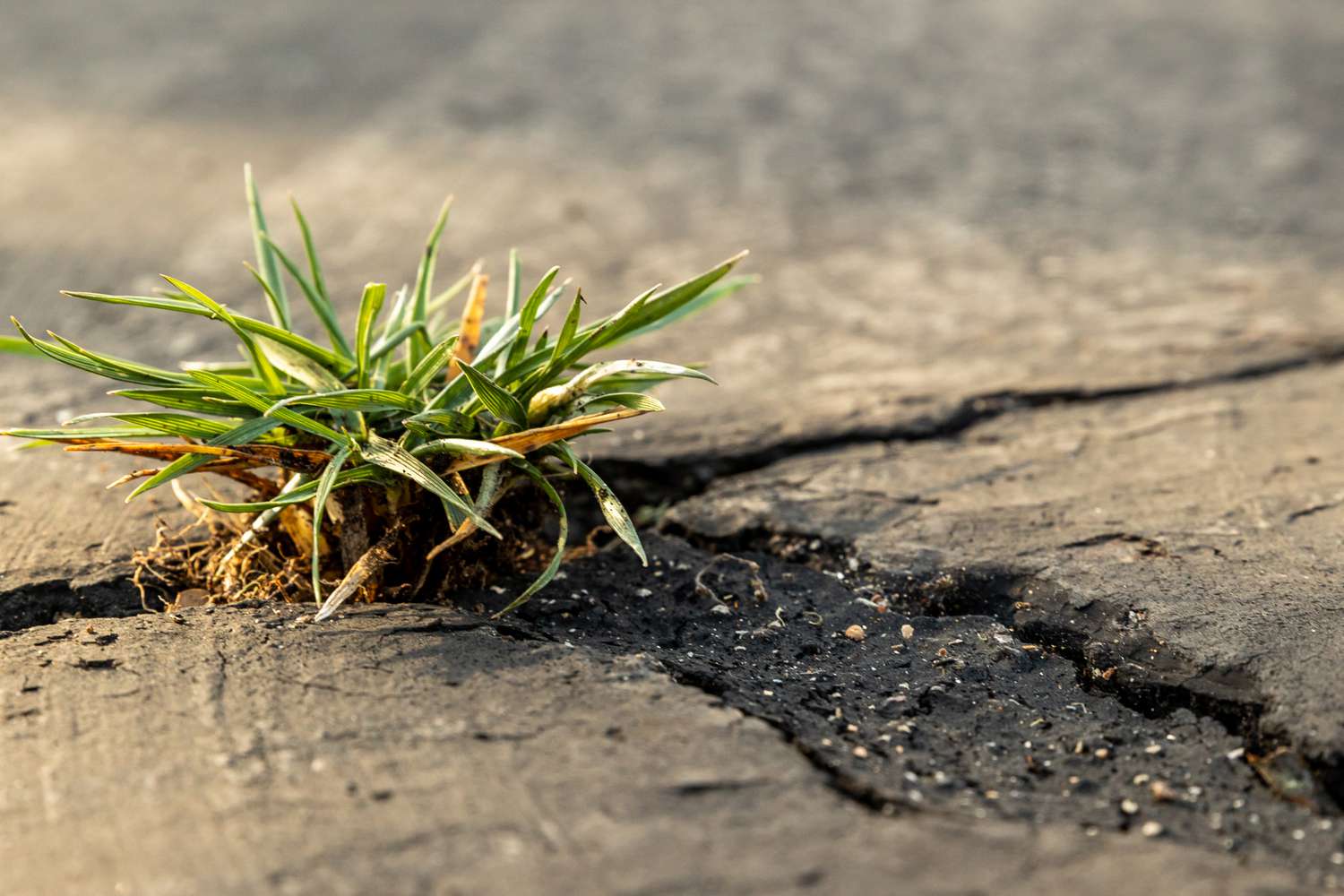

Landscaping Ideas
How To Kill Grass In Sidewalk Cracks
Modified: February 18, 2024
Learn effective landscaping ideas for killing grass in sidewalk cracks. Discover expert tips and methods for maintaining a weed-free sidewalk.
(Many of the links in this article redirect to a specific reviewed product. Your purchase of these products through affiliate links helps to generate commission for Storables.com, at no extra cost. Learn more)
Introduction
Maintaining a pristine sidewalk adds to the curb appeal of any property. However, when stubborn grass begins to sprout in the cracks of the sidewalk, it can quickly detract from the overall aesthetic. This unwelcome greenery not only disrupts the clean lines of the walkway but also poses a tripping hazard.
Fortunately, there are several effective methods for eradicating grass from sidewalk cracks. Whether you prefer natural remedies or chemical solutions, there are options to suit every preference and environmental consideration. Additionally, implementing preventative measures can help ensure that the grass does not return to reclaim its place in the sidewalk crevices.
In this comprehensive guide, we will explore various techniques for eliminating grass from sidewalk cracks. From eco-friendly approaches to targeted chemical treatments, you will discover the most effective strategies for restoring the pristine appearance of your sidewalk. Join us as we delve into the world of landscaping and unveil the secrets to reclaiming your walkway from unwanted grass invasion.
Key Takeaways:
- Say goodbye to grass in sidewalk cracks with natural remedies like boiling water, vinegar, salt, and corn gluten meal. These eco-friendly options effectively eliminate unwanted greenery while minimizing harm to the environment.
- Prevent grass regrowth in sidewalk cracks by filling crevices, applying pre-emergent herbicides, and implementing regular maintenance. These proactive measures help maintain a clean and polished walkway appearance while minimizing the need for frequent eradication.
Read more: How To Get Grass Out Of Sidewalk Cracks
Understanding the Problem
The presence of grass in sidewalk cracks is not merely an aesthetic concern; it can also lead to structural issues. Over time, the roots of the grass can widen the cracks, exacerbating the damage and potentially necessitating costly repairs. Additionally, the accumulation of dirt and debris around the grass can further impede drainage, leading to water pooling and potential erosion.
Understanding the nature of the problem is crucial for selecting the most appropriate eradication method. It’s important to recognize that simply cutting the grass or pulling it out by hand may provide only temporary relief, as the roots are likely to remain intact, allowing the grass to regrow. Moreover, harsh chemical treatments can pose environmental risks and may not align with the preferences of environmentally conscious individuals.
By acknowledging the potential consequences of allowing grass to thrive in sidewalk cracks, property owners can make informed decisions about how to address this issue. Whether one opts for natural remedies, chemical solutions, or a combination of both, the ultimate goal is to eliminate the grass and prevent its regrowth while safeguarding the integrity of the sidewalk.
Now that we have a deeper understanding of the implications associated with grass in sidewalk cracks, we can explore the most effective methods for eradicating this unwelcome greenery and restoring the pristine appearance of our walkways.
Natural Methods for Killing Grass in Sidewalk Cracks
For those who prefer environmentally friendly solutions, natural methods for eliminating grass in sidewalk cracks offer a compelling alternative to chemical treatments. These methods are not only effective but also minimize the potential impact on surrounding plants, soil, and water sources.
1. Boiling Water: One of the simplest and most eco-friendly ways to kill grass in sidewalk cracks is by pouring boiling water directly onto the unwanted vegetation. The intense heat effectively destroys the grass and its roots, preventing regrowth. This method is particularly effective for small areas and is safe for the surrounding environment.
2. Vinegar: Household vinegar, particularly the more potent horticultural vinegar, can be used as a natural herbicide. When applied directly to the grass in sidewalk cracks, vinegar effectively desiccates the foliage, ultimately killing the plant. However, caution should be exercised to avoid contact with desirable plants, as vinegar can have indiscriminate effects.
3. Salt: Another natural method involves using salt to eliminate grass. When carefully applied to the grass in sidewalk cracks, salt dehydrates the vegetation, leading to its demise. It’s important to note that salt can alter the pH and salinity of the soil, potentially affecting nearby plants, so this method should be used judiciously.
4. Corn Gluten Meal: This natural, pre-emergent herbicide can inhibit the growth of grass and other weeds by preventing seed germination. By applying corn gluten meal to sidewalk cracks, property owners can deter the regrowth of grass without resorting to synthetic chemicals.
Utilizing these natural methods not only eliminates the grass from sidewalk cracks but also minimizes the introduction of potentially harmful substances into the environment. However, it’s important to recognize that these methods may require multiple applications to effectively control regrowth.
By embracing natural solutions, property owners can effectively manage unwanted grass in sidewalk cracks while upholding their commitment to environmental stewardship.
To kill grass in sidewalk cracks, pour boiling water over the grass to kill it at the roots. You can also use a natural weed killer or pull the grass out by hand.
Chemical Solutions for Removing Grass in Sidewalk Cracks
For those seeking a more aggressive approach to eradicating grass in sidewalk cracks, chemical solutions can offer efficient and long-lasting results. It’s important to exercise caution when using chemical herbicides, ensuring that they are applied judiciously and in accordance with the manufacturer’s instructions to minimize environmental impact.
1. Glyphosate-Based Herbicides: Glyphosate-based herbicides, such as Roundup, are commonly used to eliminate unwanted vegetation. When carefully applied to the grass in sidewalk cracks, these herbicides are absorbed by the foliage and transported to the roots, effectively killing the plant. Property owners should be mindful of potential runoff and take measures to prevent contact with desirable plants.
2. Selective Herbicides: Selective herbicides, such as those containing the active ingredient sethoxydim, can target grassy weeds while sparing desirable broadleaf plants. This specificity allows for precise eradication of grass in sidewalk cracks without harming nearby ornamental plants or grassy areas.
3. Systemic Herbicides: Systemic herbicides, such as imazapyr, are absorbed by the foliage and translocated throughout the plant, including the roots. This comprehensive approach ensures thorough eradication of the grass in sidewalk cracks, preventing regrowth and minimizing the need for repeated applications.
4. Organic-Based Herbicides: For those who prefer a more natural approach, organic-based herbicides, such as those containing ingredients like citric acid or clove oil, offer a viable alternative. These products provide effective control of unwanted grass while minimizing the introduction of synthetic chemicals into the environment.
When using chemical solutions for removing grass in sidewalk cracks, it’s essential to consider factors such as weather conditions, potential drift, and the presence of desirable vegetation in close proximity. Additionally, property owners should adhere to local regulations and best practices for the responsible use of herbicides to safeguard the surrounding environment.
By carefully selecting and applying chemical solutions, property owners can effectively and expediently eliminate grass from sidewalk cracks, restoring the clean and polished appearance of their walkways.
Preventing Grass Regrowth in Sidewalk Cracks
After successfully removing grass from sidewalk cracks, preventing regrowth is essential to maintain the pristine appearance of the walkway. Implementing proactive measures can help deter the resurgence of unwanted vegetation, minimizing the need for frequent maintenance and additional eradication efforts.
1. Fill the Cracks: One of the most effective ways to prevent grass regrowth in sidewalk cracks is to fill the crevices with a durable material, such as polymeric sand or specialized crack filler. By eliminating the void where seeds can take root, property owners can effectively thwart the germination and growth of grass and other weeds.
2. Apply a Pre-Emergent Herbicide: Prior to filling the cracks, applying a pre-emergent herbicide can further inhibit the germination of weed seeds, including those of grass. This proactive approach creates an inhospitable environment for new growth, enhancing the long-term effectiveness of crack filling.
3. Regular Maintenance: Consistent maintenance, such as sweeping or blowing debris from the sidewalk cracks, can prevent the accumulation of organic matter that could serve as a substrate for weed growth. Additionally, promptly addressing any signs of regrowth can help prevent the establishment of resilient grass in sidewalk cracks.
4. Natural Barriers: Introducing natural barriers, such as strategically placed landscape fabric or mulch, along the edges of the sidewalk can help prevent encroachment of grass from adjacent areas. This approach serves as a physical deterrent, reducing the likelihood of grass regrowth in the cracks.
5. Regular Inspections: Periodic inspections of the sidewalk cracks allow property owners to promptly address any signs of regrowth. By identifying and addressing potential issues early on, property owners can effectively mitigate the resurgence of grass, maintaining the clean and well-maintained appearance of the walkway.
By integrating these preventative measures, property owners can significantly reduce the likelihood of grass regrowth in sidewalk cracks, minimizing the need for frequent eradication and preserving the pristine condition of their walkways.
Read more: How To Clean Sidewalk Without Killing Grass
Conclusion
Dealing with grass in sidewalk cracks requires a strategic and proactive approach to ensure long-term success. Whether opting for natural remedies or chemical solutions, property owners can effectively eliminate the unwanted vegetation while minimizing the impact on the surrounding environment.
By understanding the implications of allowing grass to thrive in sidewalk cracks and selecting the most appropriate eradication method, property owners can reclaim the clean and polished appearance of their walkways. Natural methods, such as boiling water, vinegar, salt, and corn gluten meal, offer eco-friendly alternatives for those who prioritize environmental stewardship. Conversely, chemical solutions, including glyphosate-based herbicides, selective herbicides, systemic herbicides, and organic-based herbicides, provide efficient options for thorough grass eradication.
Preventing grass regrowth in sidewalk cracks is equally crucial. Filling the cracks with durable materials, applying pre-emergent herbicides, maintaining the walkway, implementing natural barriers, and conducting regular inspections are proactive measures that can help maintain the pristine condition of the sidewalk.
Ultimately, by combining effective eradication methods with preventative measures, property owners can achieve long-lasting success in managing grass in sidewalk cracks, enhancing the overall appeal and safety of their outdoor spaces.
With a comprehensive understanding of the available strategies, property owners are equipped to tackle the challenge of grass in sidewalk cracks with confidence, reclaiming their walkways from unwanted greenery and restoring the clean and inviting ambiance of their outdoor environments.
Frequently Asked Questions about How To Kill Grass In Sidewalk Cracks
Was this page helpful?
At Storables.com, we guarantee accurate and reliable information. Our content, validated by Expert Board Contributors, is crafted following stringent Editorial Policies. We're committed to providing you with well-researched, expert-backed insights for all your informational needs.
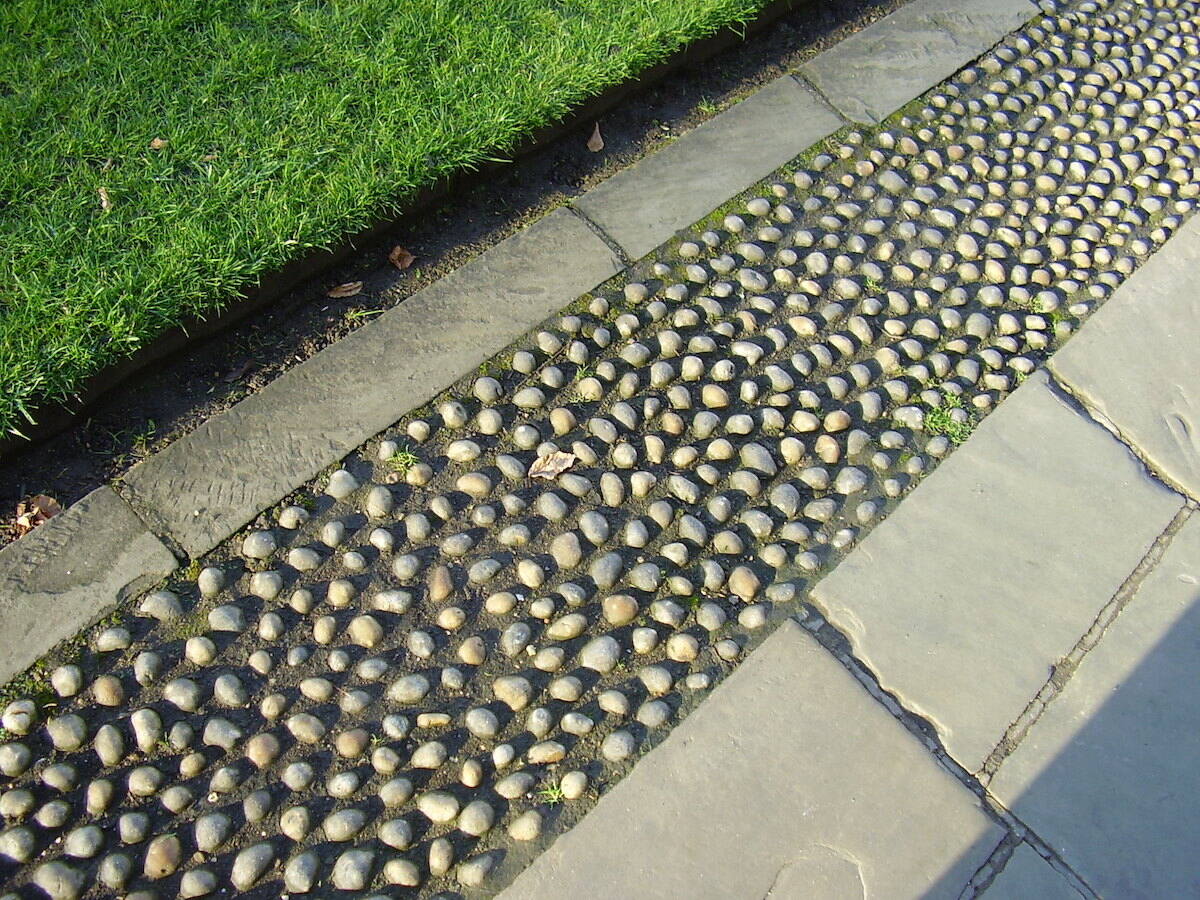
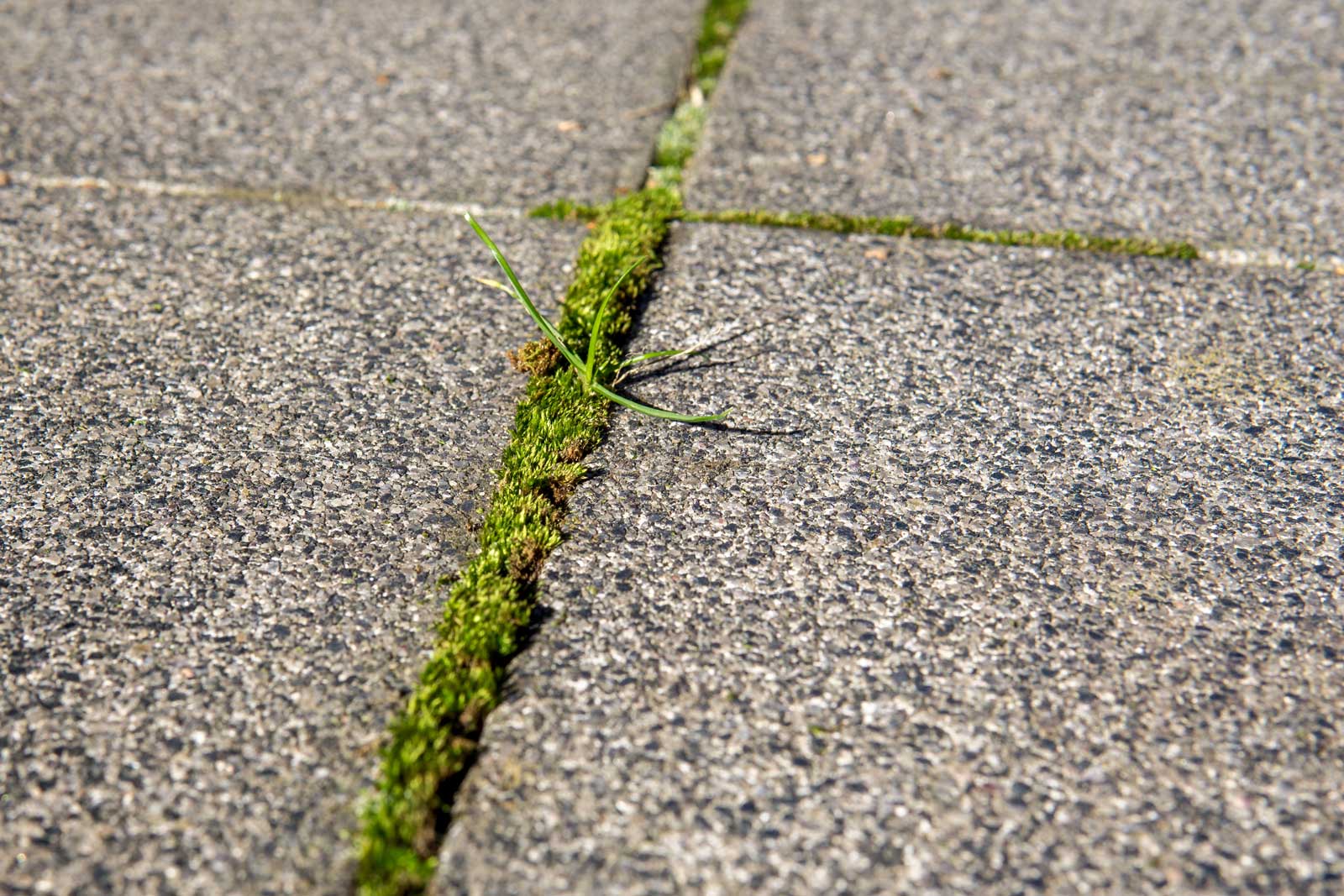
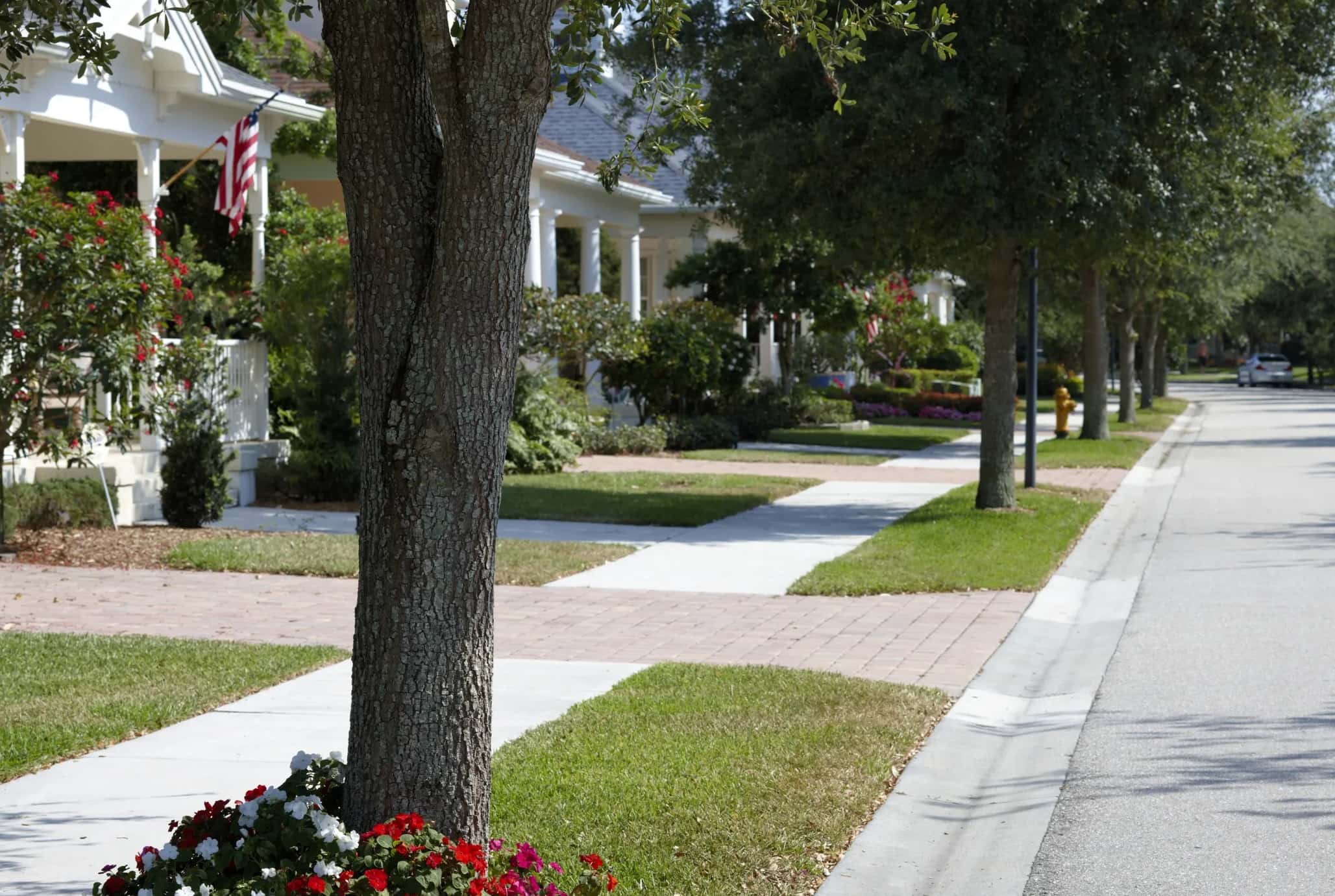
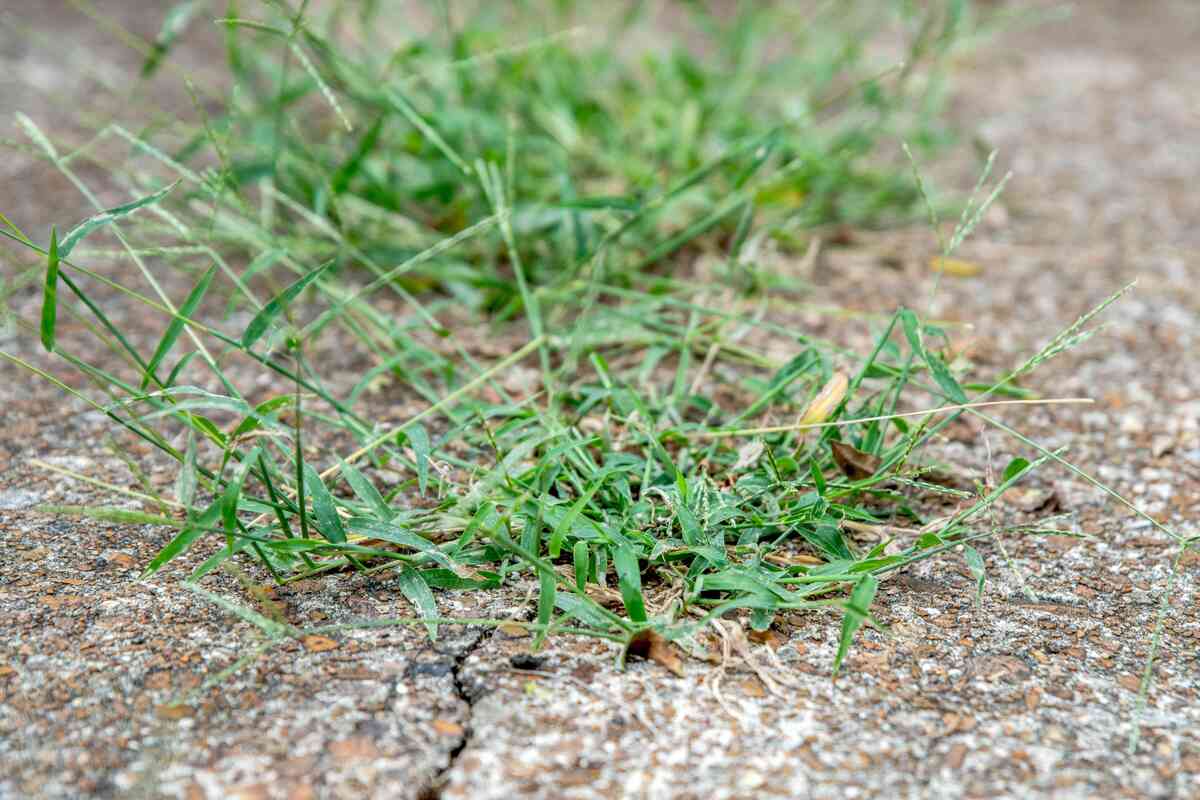
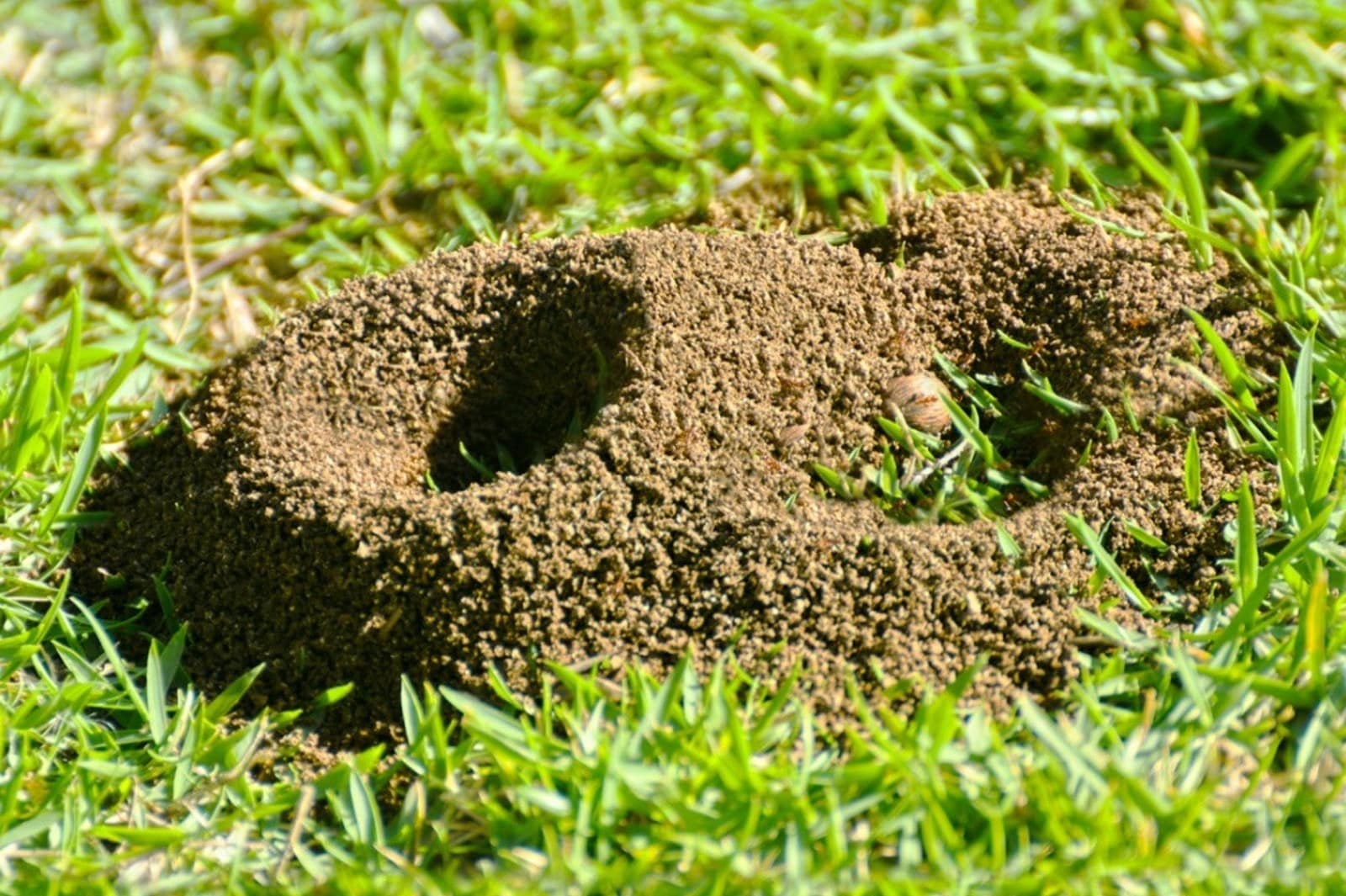
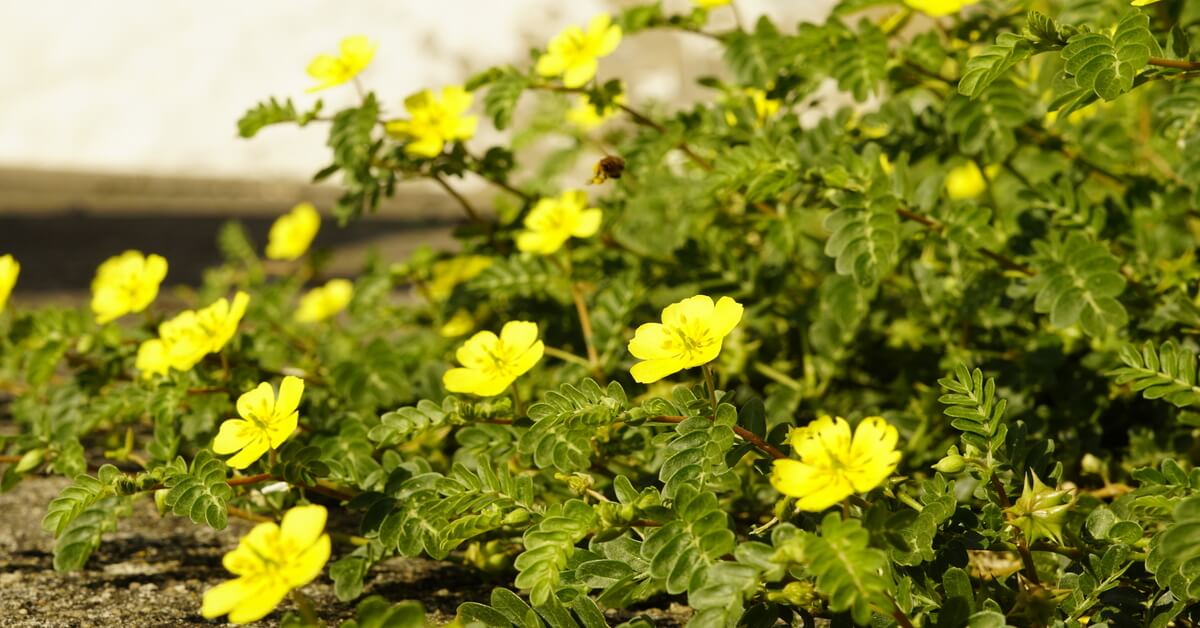
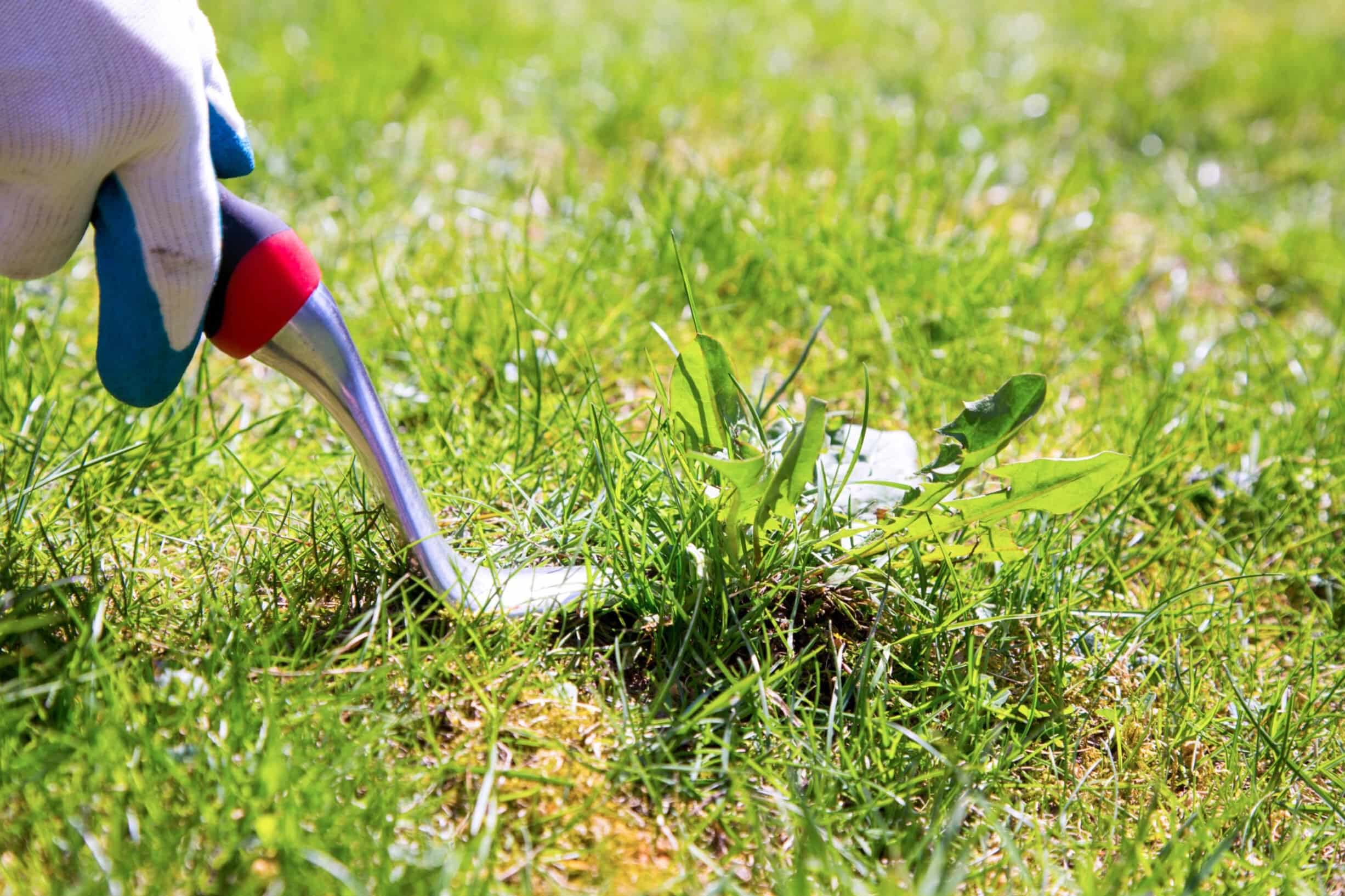
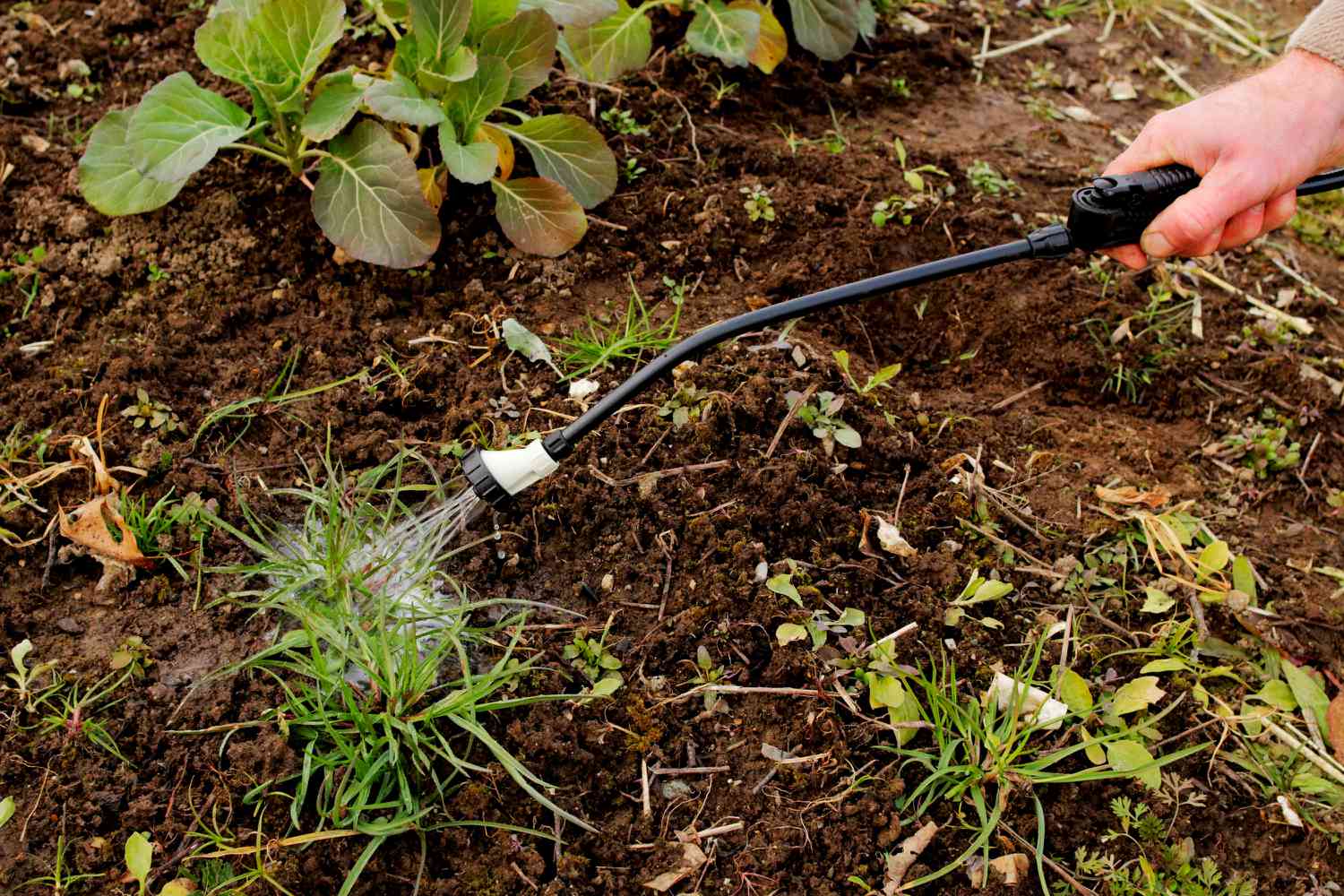
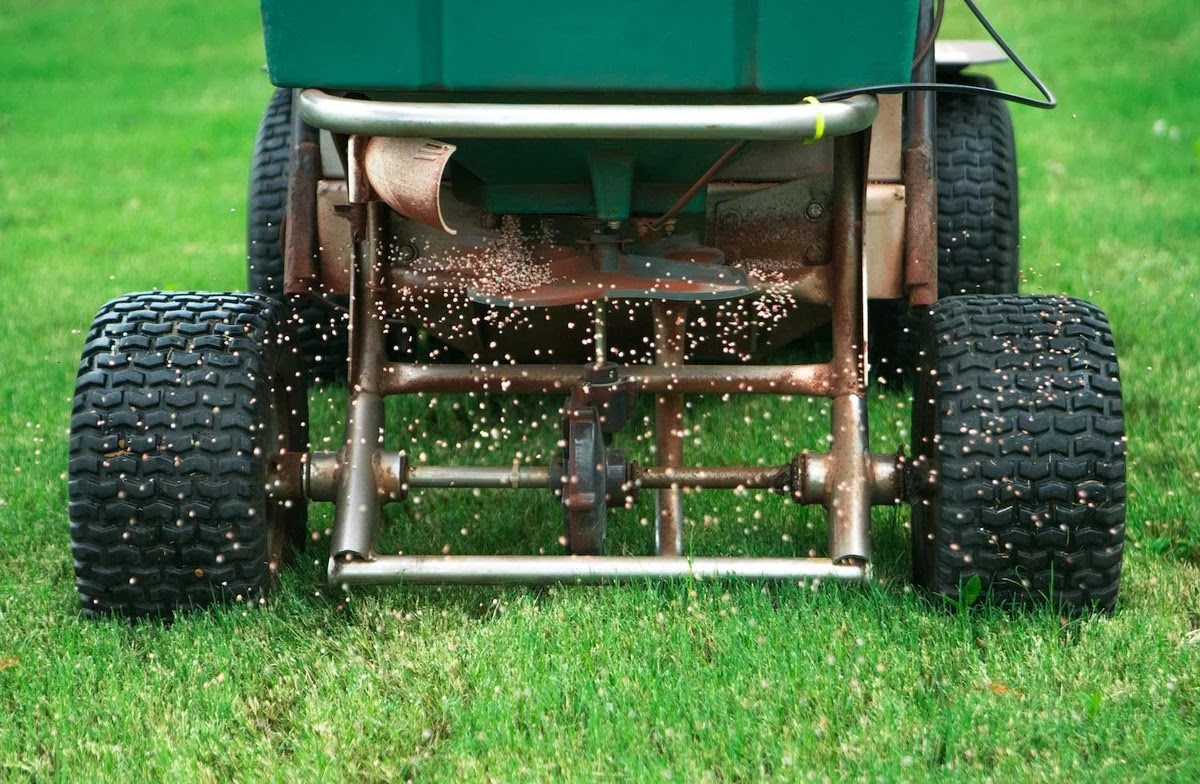
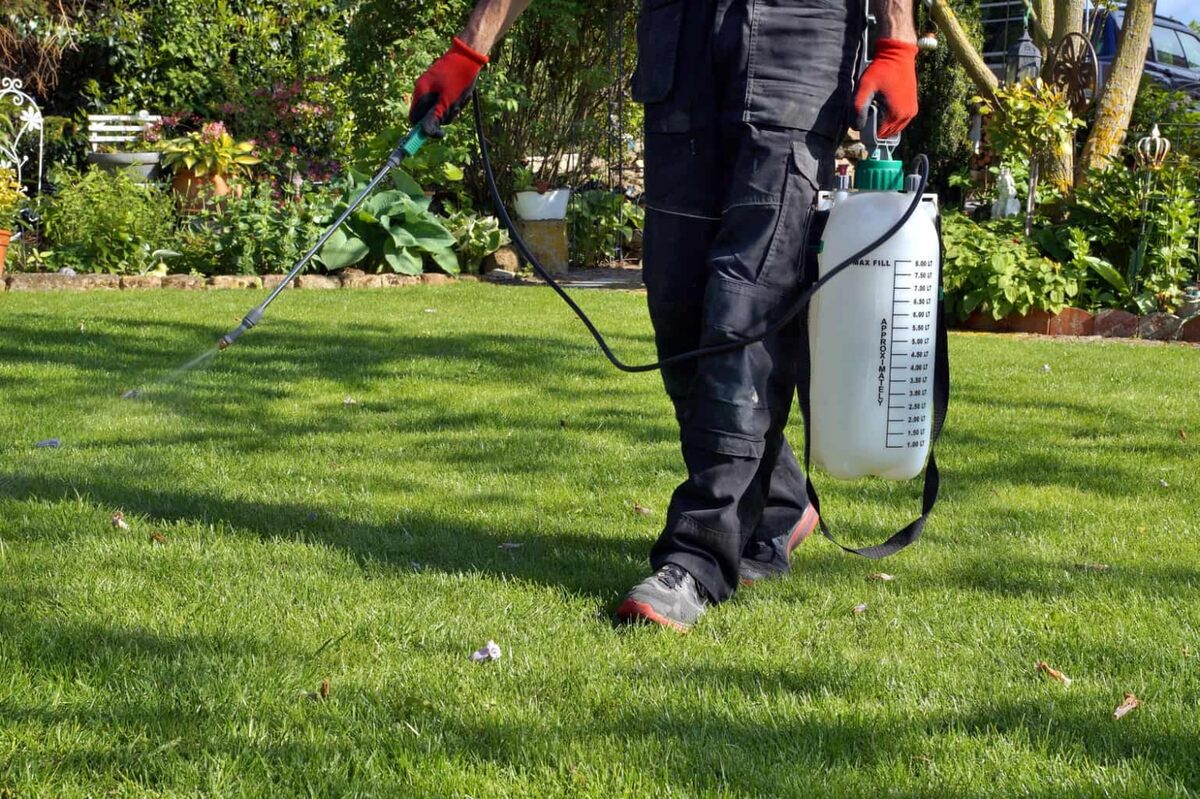
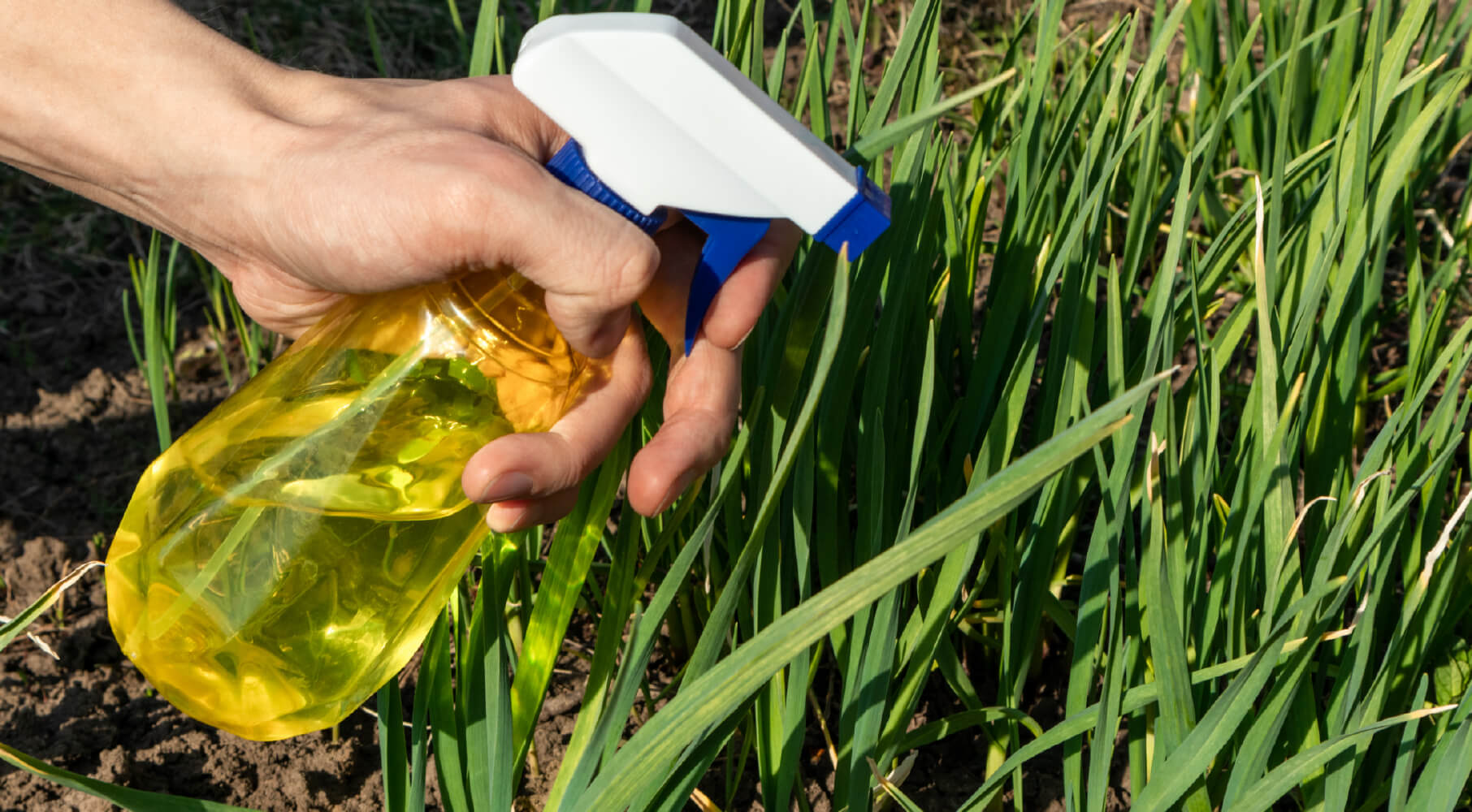
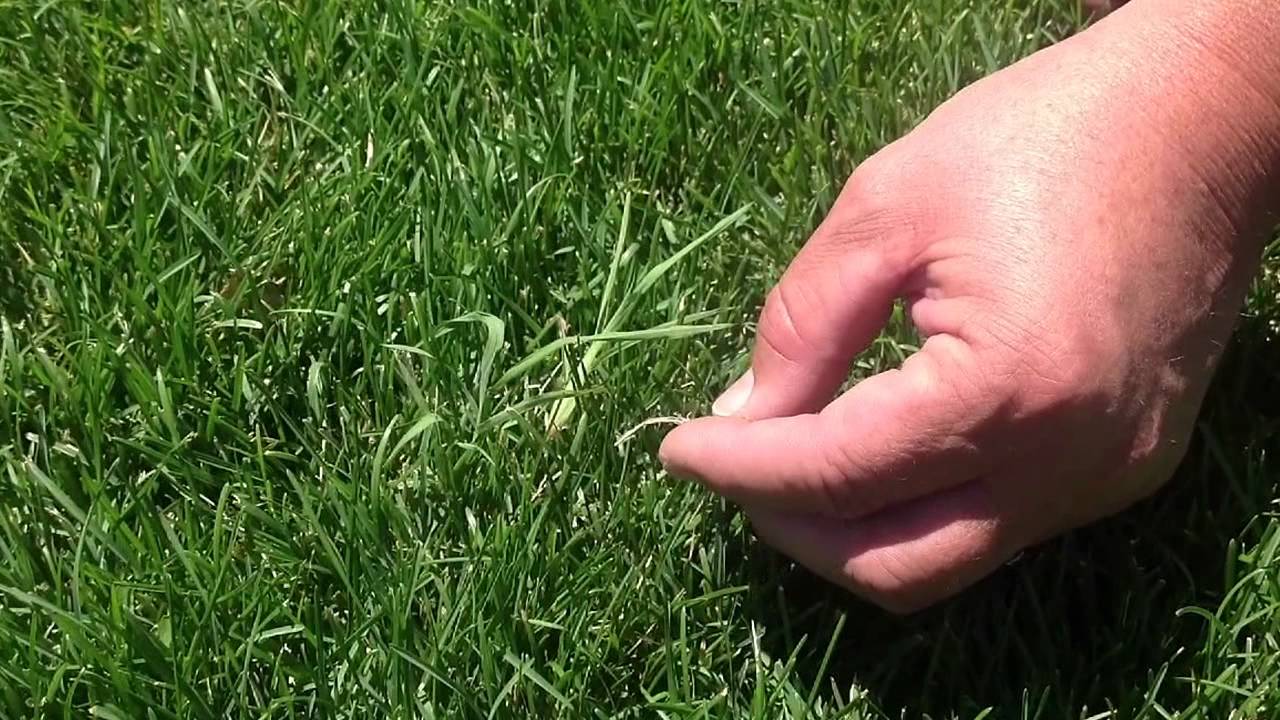
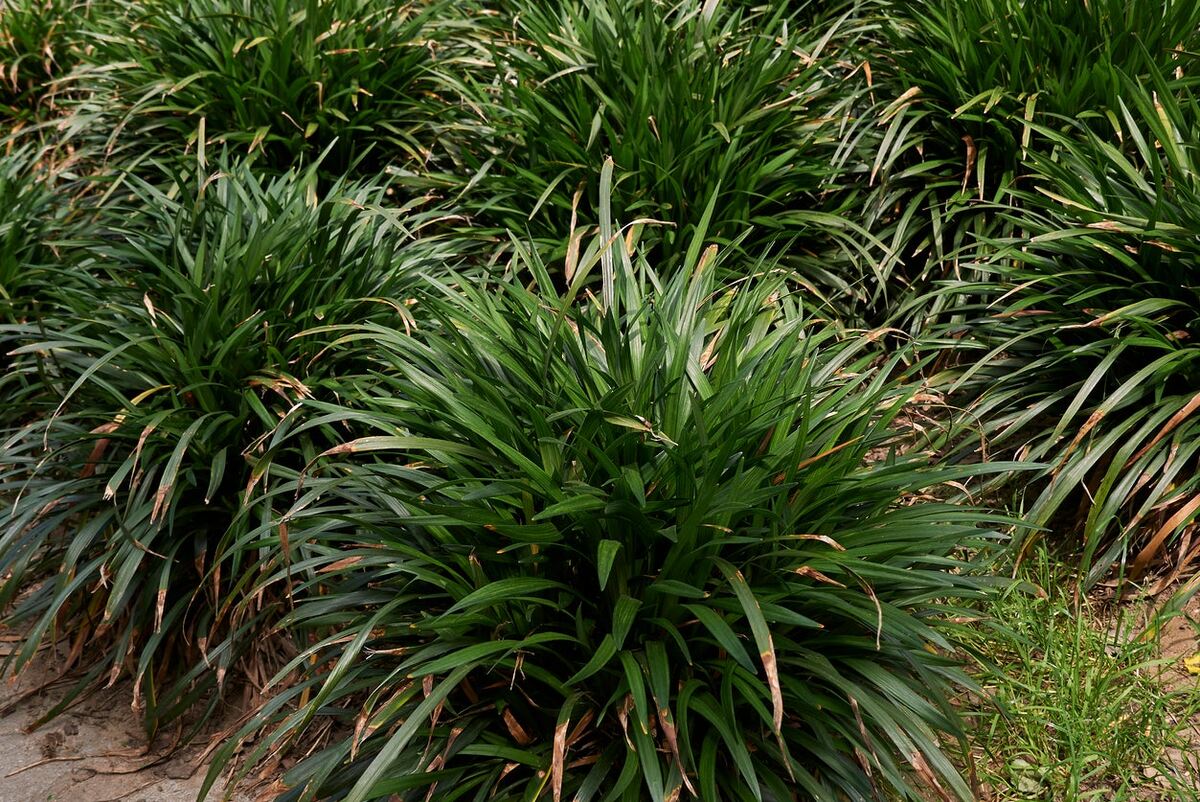
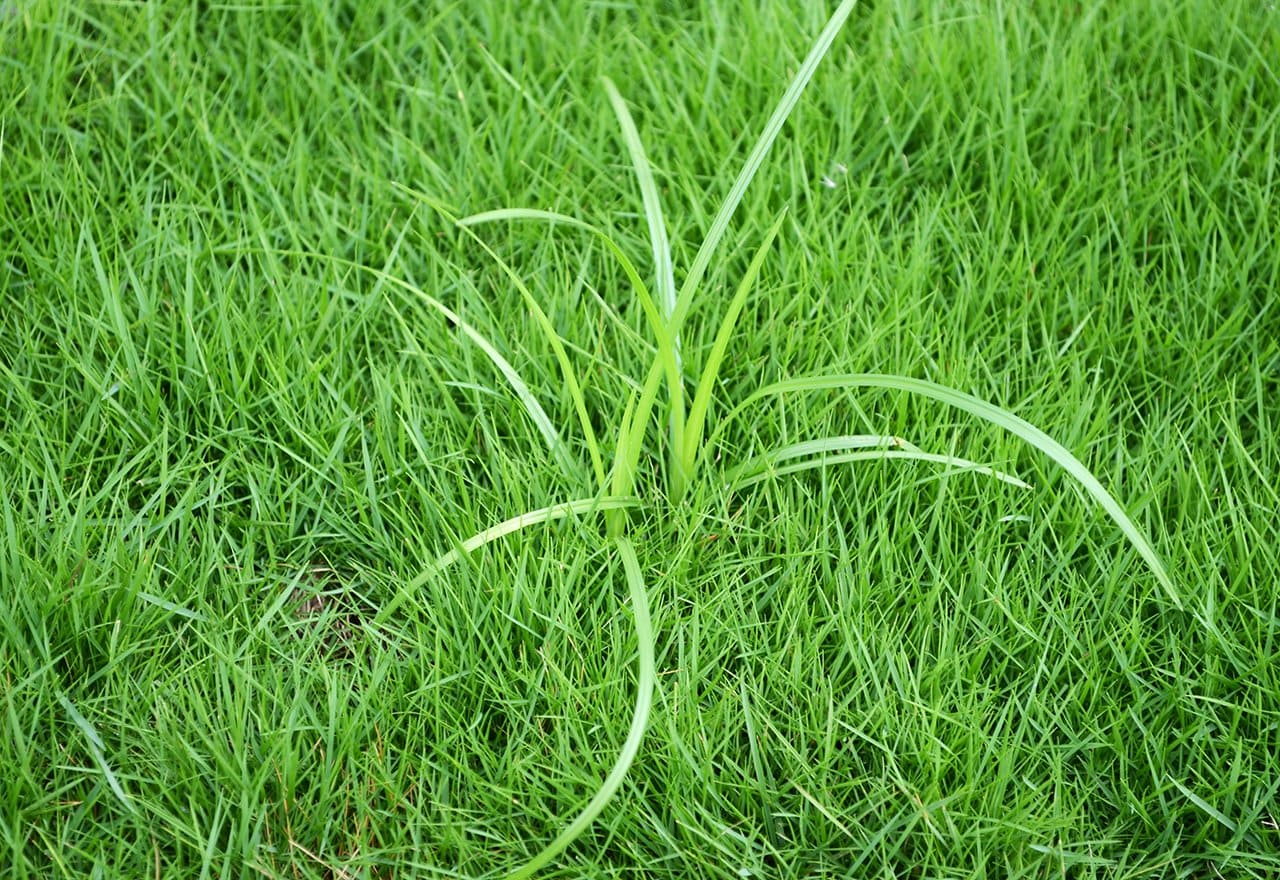

0 thoughts on “How To Kill Grass In Sidewalk Cracks”